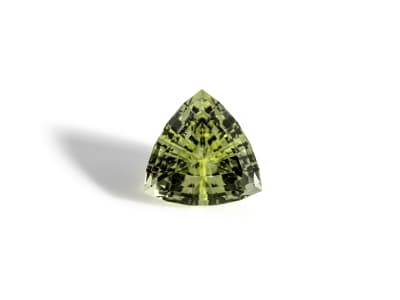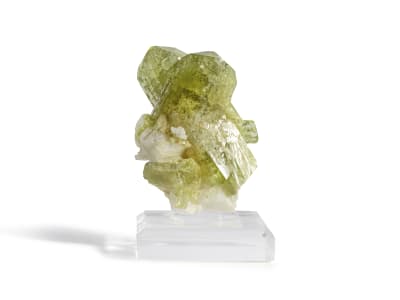Brazilianite was discovered in Minas Gerais, Brazil in 1944 and was named in honor of its country of origin. It is very rare collectors stone because it is relatively soft, has perfect cleavage, and is brittle. Large specimens can be found but gemstones larger than 10cts are hard to find. It comes in yellow to yellowish green and colorless. The major source gem quality material is Minas Gerais and Paraíba, Brazil.
General Information
Tolerance:(+0.003/-0.003)
LWUV: Inert
Brazilianite Colors
-
 Colorless
Colorless -
 Green
Green -
 Yellow
Yellow -
 Yellow
Yellow
Countries of Origin
Argentina; Czechia; United States of America; Rwanda; Portugal; Spain; Canada; Austria; Unknown; China; Namibia; Finland; Brazil; Italy; South Africa; Zimbabwe; Australia; France; Germany
Care
Brazilianite is brittle and relatively soft so care must be taken when handling material. Stones will lose color if heated above 284oF.

